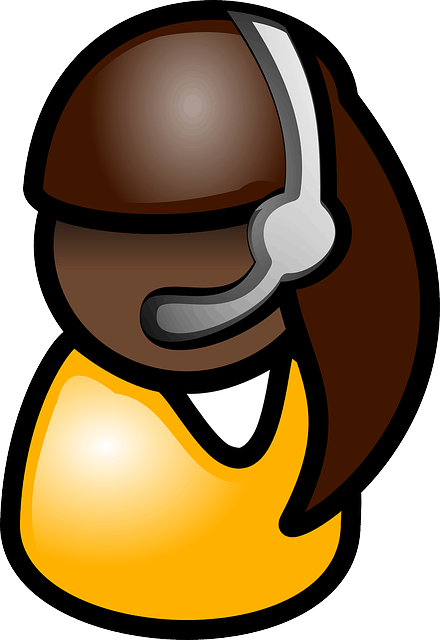In the old days, designing and creating a circuit board or a PCB, especially for DIY projects, required a
lot of manual work. You started with designing a schematic, transferred that schematic to a blank
circuit board, and then used PCB etching agent such as Ferric Chloride before cleaning off the toner.
The entire process was tedious; designing the schematic alone could take a long time.
Today, all of these tasks are simplified thanks to unified PCB design software and newer production
methods. You can basically print PCBs or use automatic etching to shorten the process. The unified
approach comes with a number of advantages and we are going to look into them in this article.

Improved Design Environment
One of the main advantages of using a unified design software is the improved design environment
it provides. Transitioning from designing a schematic to creating PCB layouts and selecting
components can be done on the same platform, making the whole process much more manageable.
The design environment also allows modifications and changes at any stage. When you want to alter
the schematic of your board, for instance, you can do so without having to redo the entire design
from scratch. Some PCB software will even update the rest of the design automatically.
The unified design environment also takes care of creating documentation for the design. Once
again, it completely eliminates the need for manual input at this stage, saving you a lot of time and
money in the process.
Support for 3D Design
Another big challenge to overcome when designing a circuit board is making the design work. While
the concept of the PCB is solid, the design itself isn’t always applicable once you add parts to the
board. The size of the parts and the way they need to be installed may pose additional challenges
such as clearance issues.
By switching to a unified design software, you can add parts in a fluid 3D world once you are done
with the design. As a result of having a built-in 3D engine available for use, engineers and designers
can now add modules and parts in 3D realm. It is possible to avoid the issues we discussed earlier
through the use of 3D visualization.
Switch to Production
One last hurdle many engineers face when designing a circuit board is transitioning to production.
The process includes selecting parts and suppliers for the board, as well as creating a production
plan for the manufacturing line to follow.
This too is a feature that a good unified PCB design software offers. You can actually add parts and
the sources for them directly to the documentation. The streamlined approach to designing a PCB
layout means the finished design can be used for production purposes with little to no adjustment.
Unified design is the future of circuit board design. By relying on a design environment with all the
right features, the whole process can be streamlined. This allows for more time and effort to be
saved and better circuit boards to be produced. Even DIY projects are now done using unified PCB
design software; now is the perfect time to make the switch.




